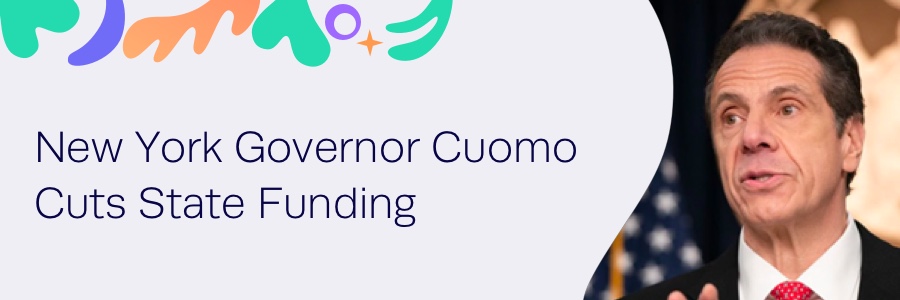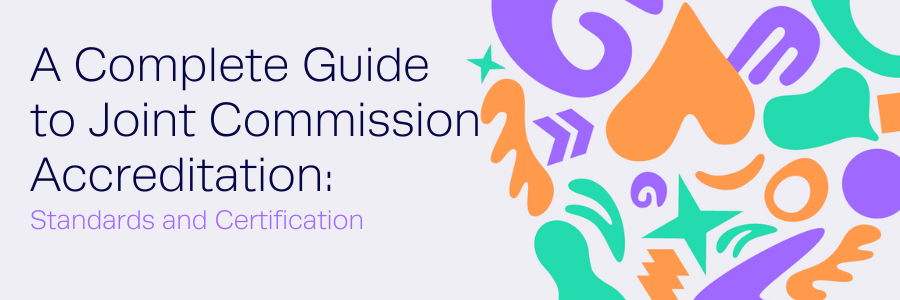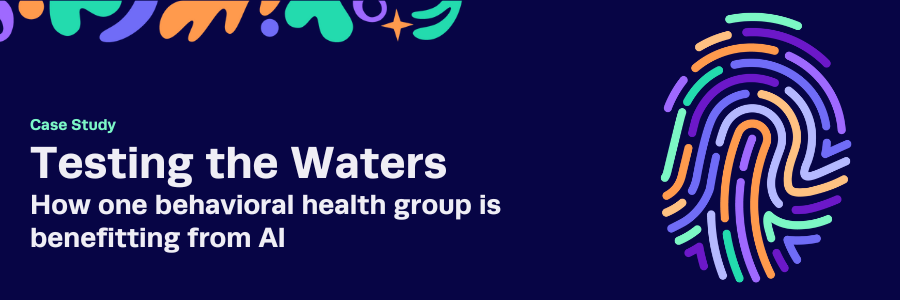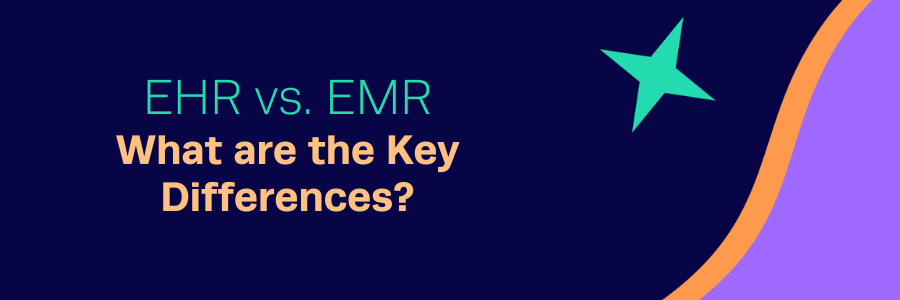In July of 2020, Albany abruptly informed New York‘s municipalities that it was cutting state payments for drug and alcohol recovery programs by 31%, effectively wiping out one third of their funding. Treatment providers were given no notice or explanation for the timing of the cut in payments and few details on precisely how it would affect the network of care communities. The decision places further strain on a mental healthcare network struggling to provide treatment to its patients. No doubt, many other states may face the same tough decisions now plaguing the Empire State.
While many may have been caught off guard, it should have come as no surprise. Since April, Cuomo has warned of huge state budget cuts without another round of Washington bailouts. Lacking that influx of cash, he would be forced to cut more than $8 billion (approximately 20% in cutbacks) in state aid for health and mental health services and education. This is sad news for a state that was fairly healthy financially before the COVID-19 outbreak and is now suddenly plunged into tax-revenue poverty. Sadder still are the human tragedies in the wake of a pandemic and the lives that have been shattered by uncertainty and loneliness, even as the state slowly opens up for business once again.
The Impact of State Funding Cuts
“Programs will close. More people will die and we’re going to have a really difficult situation on our hands in communities across New York State,” said John Coppola, executive director of the New York Association of Alcoholism and Substance Abuse Providers (ASAPNYS). The group represents outpatient and residential treatment programs in the state. After years of thin budgets for many local non-profit facilities, Coppola says, “A 31% cut is on top of years of neglect for the state’s funding for local treatment.” The Buffalo area is among many communities where law enforcement officials have reported the following:
- Increased isolation
- Sharply higher unemployment rates
- A rise in overdoses
“I don’t like to throw hysterical words out, but a 31% cut, I honestly don’t know how we’d figure that out when we’re already in a dire situation,” said Anne Constantino, president, and CEO of Horizon Health Services, which provides addiction rehabilitation services in western New York. Constantino’s fears are real. Her facility, Horizon Village, a Buffalo non-profit, has 200 people in its residential program, which at that time was reduced to 70% capacity as a result of social distancing concerns. And since Horizon, unlike the private sector, is not eligible to receive federal COVID-19 funds, Constantino adds, “If it’s 31%, I can’t imagine a scenario where we can make that work.”
There remains confusion on exactly how Cuomo’s cuts will be felt by each local New York agency, and the dollars rest with Congress. On the ground, treatment professionals — and those in recovery — are nervous.
“It’s hard to underestimate the effects of the pandemic on the community with opioid use disorder,” said Dr. Caleb Alexander, a professor of epidemiology and medicine at Baltimore’s Johns Hopkins Bloomberg School of Public Health. “The pandemic has profoundly disrupted the drug markets. Normally that would drive more people to treatment. Yet, treatment is harder to come by because in many states budgets are being cut.”
Addiction Treatment During COVID-19
In addition to New York, the hardest-hit U.S. states, including Florida, Illinois, Indiana, Minnesota, and Pennsylvania, have experienced COVID-19 flare-ups resulting in financial difficulties, forcing facilities to close or limit operations. Centers that serve lower-income clients have been hit particularly hard. Can the addiction treatment community survive the massive cuts that are seemingly inevitable?
Here’s a statistic that tells the story: Between January 1st of 2020 and July 13th of 2020, the Cook County Medical Examiner’s Office confirmed 773 opioid deaths, and sadly that number is growing. Last year, that total was 605.
What’s more: In 2020 to date, EMS calls in Chicago for opioid overdoses are up 72%. Opioid overdose deaths are up 35% to a total of 331, according to the Chicago Department of Public Health.
Racial Inequality and Substance Abuse
Cook County is on track to double the number of opioid-related deaths from 2019, officials said at a recent press conference. While African Americans make up less than 24% of the county’s population, they account for half of all opioid deaths in the county this year.
“This year continues to showcase the dangerous consequences we face as a result of decades – centuries – of racial inequities,” said Cook County Board President Toni Preckwinkle. “While much of this year has been consumed by our fight to contain COVID-19, which has disproportionately impacted our communities of color, we’ve had to contend with skyrocketing homicide rates which almost universally took the lives of Black and brown people and we must face the devastating toll the opioid crisis is taking on our community as well.”
“The interaction between COVID-19, the fear of COVID-19, and substance use and addiction are pretty much the worst combinations I have seen in my career without question,” said Dr. Thomas Britton, president, and CEO of the Gateway Foundation. “People are scared that if they go to a treatment center, they are going to develop COVID-19. If they go to outpatient, they are going to develop COVID-19,” Britton said.
Many believe and have warned that opioid overdoses will increase as the pandemic continues. However, there is still help available. Hopefully, at some point, every state government will see the value in supporting addiction and mental health treatment programs. This is not a time to cut funding for treatment. Now more than ever, we need to support it.
Contact Kipu at 561.349.5901 to learn more about the cloud technology we offer for addiction treatment.



